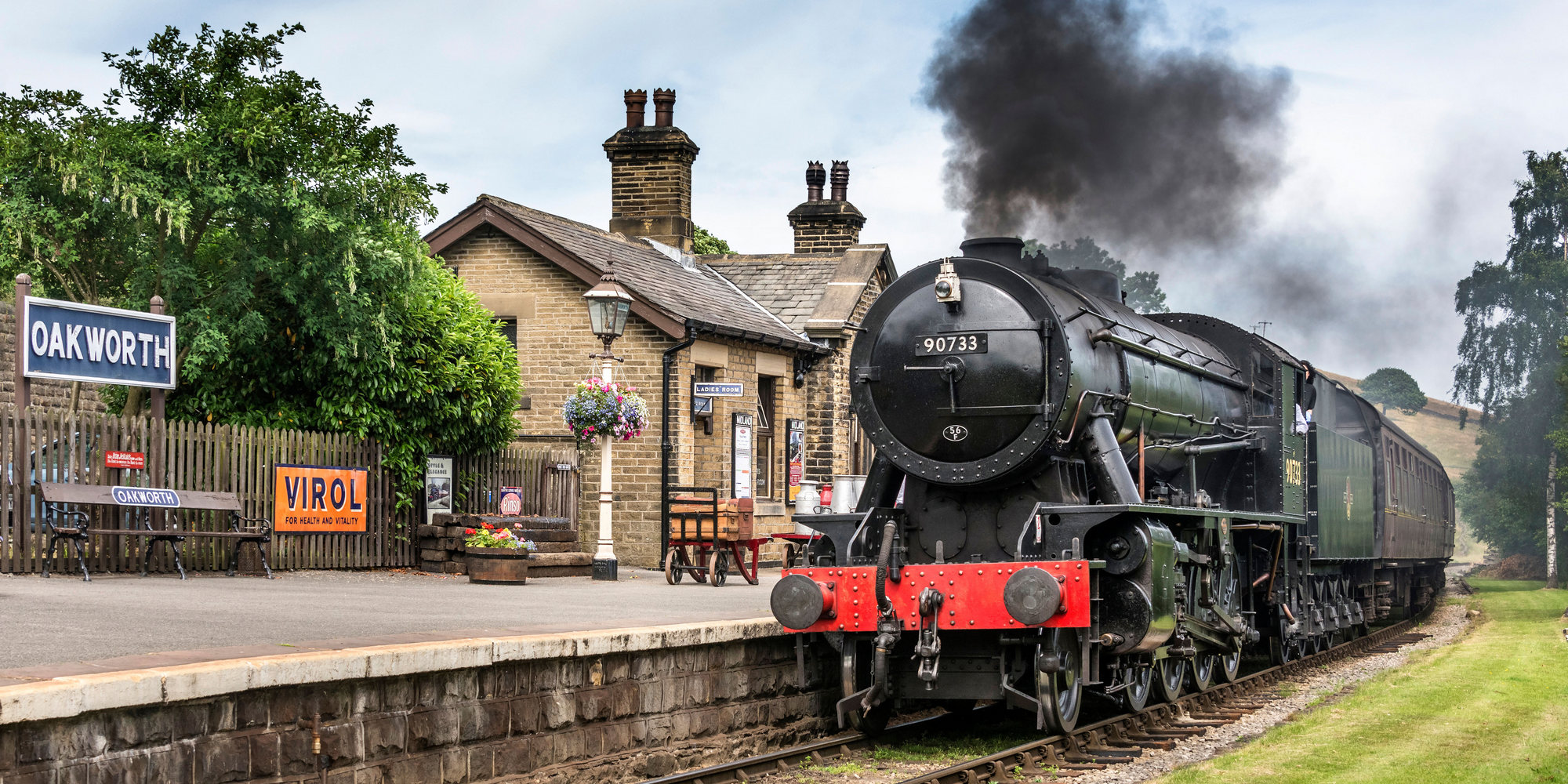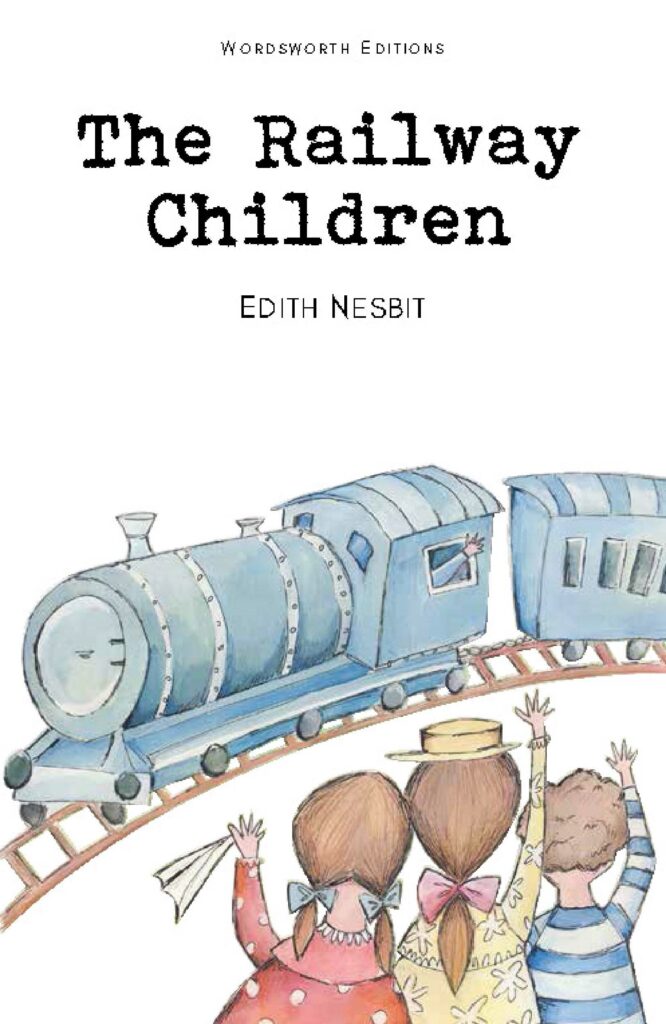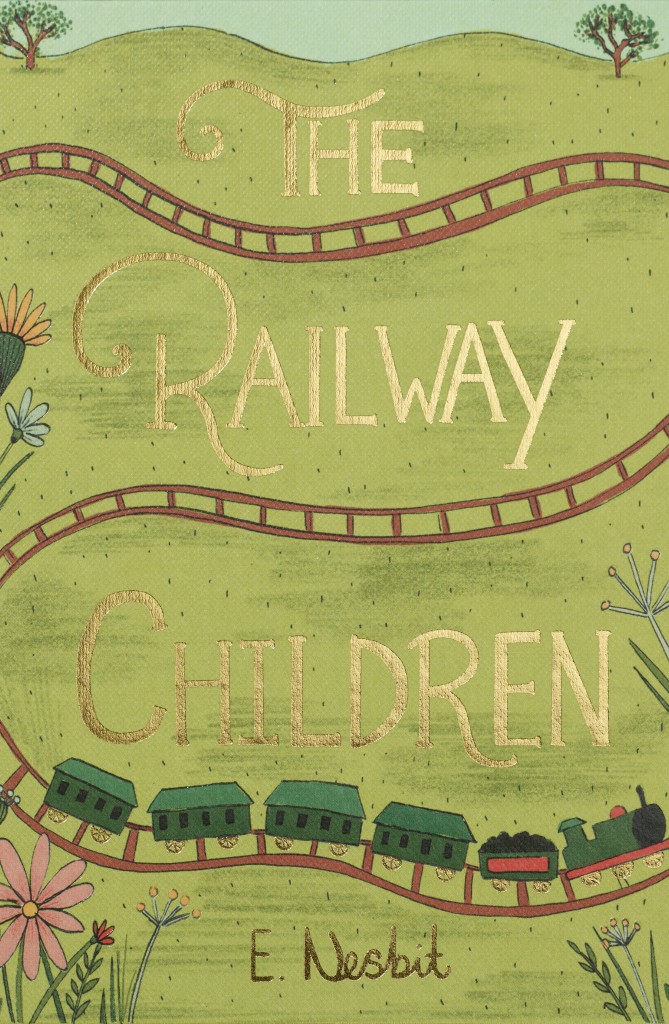
David Stuart Davies looks at The Railway Children
David Stuart Davies looks at this classic children’s story that has become popular with all ages.
‘I love E. Nesbit – I think that she is great and I identify with the way that she writes. Her children are very real children and she was quite a groundbreaker in her day.’ J. K. Rowling
It seems to me that the mark of a great children’s classic novel is that it is not only read by children but is enjoyed by grownups as well. Such fiction encountered in youth stays with you and still retains resonances in later life. The poet Brian Patten made this point poignantly in his poem Reading the Classics:
Though Time’s a thief it cannot thieve
One page from the world of make-believe
On the track the Railway Children wait;
Alice still goes back and forth through the glass;
In Tom’s Magic Garden Time unfurls.
And children still discover secret worlds.
Edith Nesbit (1858 – 1924) was a prolific author who wrote poetry and the most chilling and unsettling tales of terror, but she is mainly known today for her children’s books, predominantly The Railway Children. She had a remarkable talent for capturing children’s personalities and presented youngsters in a natural and realistic way. This realism prevented the strand of sentimentality that is woven through her narratives from becoming too sickly sweet as was common in some Victorian and Edwardian fiction. However, I would defy any reader not to be moved by the closing moments of the book when he who was lost to the family is found.
When their father disappears from home without warning or explanation, the three children, Roberta (Bobbie), Peter and Phyllis move with their mother from their comfortable house in London to Three Chimneys, a cottage in the country near a railway line. The little station, manned by the porter Perks (who ‘must be about it’), becomes the centre of their world and provides entertainment and excitement for them. They even save a train from disaster. However, the mysterious absence of their father continues to haunt them. Help comes from an unexpected source. The children make a habit of waving to the benign Old Gentleman who they see regularly as his train passes through the station. In time they get to meet this friendly fellow who eventually is able to help them solve the mystery of their father’s disappearance. It is interesting to note that the lost father was a favourite theme in Nesbit’s fiction. Her own father died when she was four and through her work, it seems as though she was trying to bring him back into her life. Bobbie’s cry at the end of The Railway Children – ‘Oh! My Daddy, my Daddy’ – remains one of the most recognisable touching lines in children’s literature.
This novel presents an idealised view of childhood. Despite the shadow of their missing father visible on their horizons, the children are unencumbered with school and other responsibilities. They are free to explore the countryside and the workings of the little railway station. It is an idyllic existence that, through the skill of the author, we are able to share with them.
The Railway Children was originally serialised in The London Magazine in 1905 and published in book form in 1906 and has never been out of print since. The setting is thought to be inspired by the author’s walks to Chelsfield railway station in the London Borough of Bromley, Kent, near her home and observing the construction of a cutting and tunnel close to the station.
The story has such energy, strong emotion and incident that it has proved very popular for dramatized adaptations. There have been three versions by the BBC in 1951, 1957 and 1968. This latter production in seven episodes was such a success that the actor/director Lionel Jeffries bought the film rights and wrote the script for the big-screen version which was released in 1970. This much-loved movie featured a young Jenny Agutter as Bobbie. In fact, it was the part she had played in the 1968 BBC series. Bernard Cribbins very memorably essayed the role of Perks and Dinah Sheridan was the mother. The movie was shot in Yorkshire using the Keighley and Worth Valley Railway and Oakworth Station for the location filming.
Interestingly, Agutter’s connection with The Railway Children did not stop there. In 1999, ITV presented a new adaptation as a TV movie and this time Jenny Agutter played the role of the mother, with Jemima Roper as Bobbie. For this production, the Bluebell Railway and its steam engines were used. It was a brave effort, but it could not quite top the magic of the 1970 version.
In 2005 there was even a stage musical based on the novel but perhaps the most innovative version was the production by the National Railway Museum in York (2008/9), which featured a real steam locomotive, which entered the stage area on tracks originally leading into the York Goods Station. This show was so popular and novel that it was transferred for two seasons to the Waterloo International railway station in London where two disused platforms were utilised. This production won an Oliver Award for Best Entertainment in 2011 and has inspired similar presentations using real steam engines in Canada and Denmark.
All these dramatised interpretations of Nesbit’s story clearly illustrate the power and engaging brilliance of the original novel. It provides for both children and adults wonderful escapism so precious in these dark times. It remains firmly placed on the golden bookshelf that holds the greatest of children’s classic fiction along with The Wind in the Willows, Alice in Wonderland, and Winnie the Pooh. Over the years its relevance, accessibility, realism and, to use the word again, its brilliance has not dimmed.
Image: WD Class 2-8-0 (8F) steam loco No. 90733 at Oakworth station, the scene of the film The Railway Children. Credit: John Davidson Photos / Alamy Stock Photo

